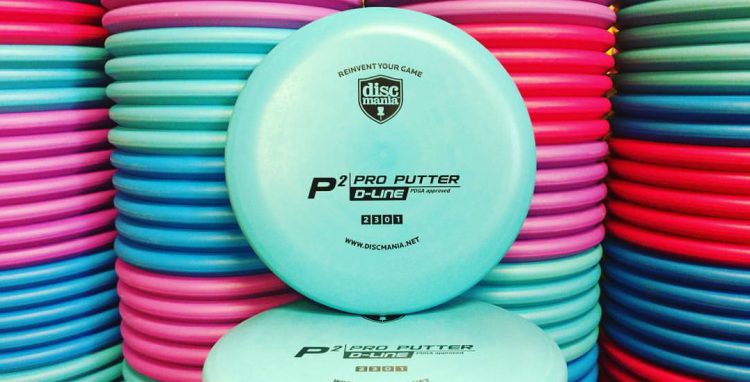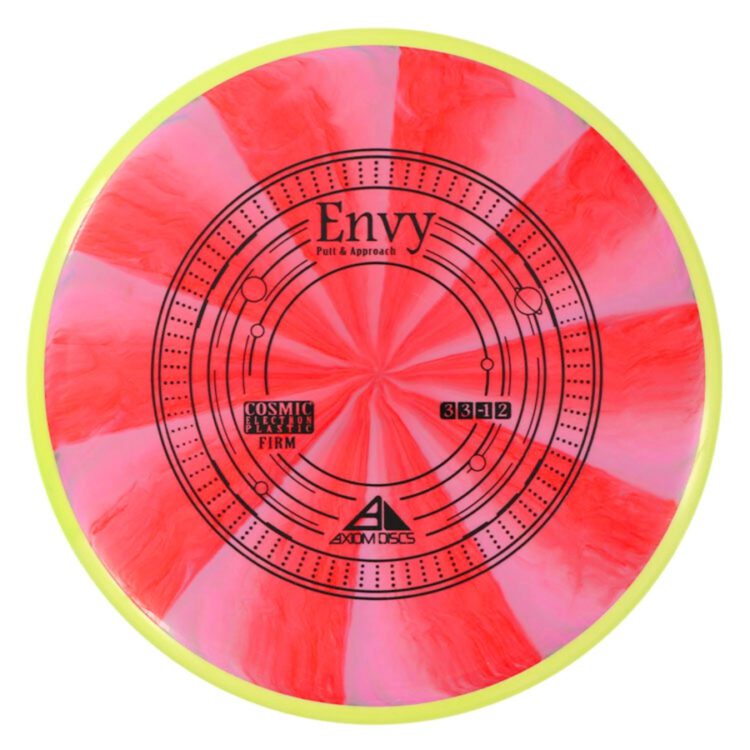Best Disc Golf Putters for 2025

At Infinite, we like to look at our sales data for the year to see which discs are hot, and what changes in disc preference we see with our customers. Now that we’ve reached the half way point of the year, we wanted to look at our sales and the disc ratings for 2025 so far. First, let’s look at the data for 2024.
Top 50 Disc Golf Putters For 2024

Despite the second- through fifth-place molds remaining consistent, 2024 has welcomed a new top-seller. The Axiom Pixel, which made its debut late 2023, didn’t have the opportunity to surpass the well-liked Glitch. However, last year, the Pixel sold sufficiently to claim first place, making up over 7% of all putter sales! The Glitch has fell to seventh place.
Although the Glitch holds the top spot for the year, its sales numbers have dropped a bit from the first of the year. When we looked at the sales data mid-year 2024, the Glitch represented over 10% of all putters sold. However, it is still holding a good sized market share.
Let’s look at the top five molds for 2024:

New to the top 10 for 2024 are the Prodigy PA-3 and Latitude 64 Pure.
Check out the top 20 best-selling disc golf putters of last year HERE where you can see all the top molds and what’s on sale!
Top 50 Disc Golf Putters For 2025

The Discraft Zone worked its way back to the top spot for 2025. The perennial favorite joins most of the top 10 in appearing in some order on the list.
Here are the top five for 2025:
1 – Discraft Zone
2 – Axiom Pixel
4 – Gateway Wizard
Joining the elite top 10 for 2025 is the Streamline Range. The Range was released later in the year last year, and didn’t have time to make the list.
Top Brands for Best Putters
 Once again, Discraft has the most molds in the top 50 with seven. In addition to the number one Zone, they also have the Luna in the top ten. MVP has the second most brands in the top 50. They were one mold shy of number one with six molds. Their top selling putter is the Glitch. Tied for the third most brands in the top 50 were Axiom, Kastaplast, and Discmania.
Once again, Discraft has the most molds in the top 50 with seven. In addition to the number one Zone, they also have the Luna in the top ten. MVP has the second most brands in the top 50. They were one mold shy of number one with six molds. Their top selling putter is the Glitch. Tied for the third most brands in the top 50 were Axiom, Kastaplast, and Discmania.
Highest Rated Disc Golf Putters
One of the awesome benefits to using the Infinite Discs site to shop is that you can read the reviews and see the ratings for discs you are interested in trying. Over time, the ratings become a great way to see what your fellow disc golfers think about certain molds. The ratings system is also part of the Infinite Rewards program. If you aren’t familiar with the Infinite Rewards program, where you can earn rewards by giving reviews or making purchases, check it out HERE and help our review data by giving feedback on your favorite discs.
We wanted to look at the discs in several different categories and see which molds are the top rated in those categories. We’ll start with the highest rated disc golf putters of all time.
All-Time Highest Rated Putters
The Discraft Zone nailed down the top spot again with the Z line plastic. It has an average rating of 4.91 out of 5 stars. Tying for second is the ESP Zone and the Neutron Soft Glitch. Both of those molds have 4.84 stars. These discs are typically throwing putters. Although there are people who use them to putt,

#1 Discraft Z-Line Zone – The zone is popular and highly rated partly because of its overstability. It can handle any headwind and nearly every arm and still get good distance. Plus, its thick rim feels amazing to grip and gives you confidence in your drives and upshots.
Check out the top 20 highest rated putters HERE where you can see all the top molds and what’s on sale!
Highest Rated Very Overstable Disc Golf Putters
You might not have heard of the Goliath Discs Pillar before but it is the highest rated very overstable disc. The Pillar has an impressive 4.94-star rating! Taking second is the Westside BT Medium Harp, with 4.83 stars. In third place with a 4.81 star rating is the Innova R-Pro Rhyno.

#3 Goliath Discs Oasis Pillar The Pillar is a super-beefy putter that is great for headwinds and big arms. Their Oasis plastic is a clear, extra-durable blend.
#2 Westside Discs BT Medium Harp
Check out the top 20 very overstable disc golf putters HERE where you can see all the top molds and what’s on sale!
Highest Rated Overstable Disc Golf Putters
When James Conrad threw his Envy into the basket on the last hole at the 2021 World Championships in Utah, he certainly gave a nice boost in sales for the putter. The Axiom Envy holds the top spot in the ‘overstable putter’ category with 4.87 out of 5 stars. The Eclipse 2.0 Envy, however, has a perfect 5.0 rating. Taking second place is the Jawbreaker Zone, with a 4.95 rating. In the final podium spot is the long-time Gateway hit, the Wizard. In Super Stupid Soft, the Wizard averages 4.94 stars.
Although any putter could be used as a thrower or a putter, most of the discs in the Very Overstable and Overstable Putters categories are used as throwing putters.

#1 Axiom Discs Eclipse 2.0 Envy – The overstable, throwing/putting putter has an overstable flight, but is still shapable and useful in a variety of situations on the course. The Envy’s profile is a little thinner than some putters, which is appealing to many. An older, more beat in Envy can be used in tight fairways and situations where control is crucial.
#3 Gateway Super Stupid Soft Wizard
Check out the top 20 overstable disc golf putters HERE where you can see all the top molds and what’s on sale!
Highest Rated Stable Flying Disc Golf Putters
For a neutral flying putter, it’s hard to beat the glidey Glitch. For long putts, approach sots, or playing catch to warm up, the Glitch is a go-to disc for many. The Neutron Soft Glitch has an average rating of 4.84. Discs with stable flights can be used by such a large number of people with differing skill levels and in a large variety of situations. That is why there are so many on this list that are top selling discs, too.
Tied for second place are two Infinite molds: The D-Blend Alpaca, one of our top-selling molds, and the D-Blend

#1 MVP Neutron Soft Glitch – Because the Glitch has a huge amount of glide, it is great for long putts, approach shots, or even shots off the tee. The Glitch also makes a great catch disc to warm up before a round.
#T2 Infinite Discs D-Blend Alpaca
#T2 Infinite Discs D-Blend Tomb
Check out the top 20 stable disc golf putters HERE where you can see all the top molds and what’s on sale!
Highest Rated Understable Disc Golf Putters
Although the understable putter category has some well-known names in the top 10, such as the Fierce and the Dynamic Discs Deputy, it is also full of lesser known molds. To be on top of this category apparently requires perfection. The top three molds all have 5.0 ratings! Check out the top 20 to see how many of brands you are familiar with.

#T1 Prime Deputy
#T1 Prodigy 400 PA-5
Check out the top 20 understable disc golf putters HERE where you can see all the top molds and what’s on sale!
Let us know what you think!
Those are our lists of the top putters with sales and ratings data. Now we want to hear from YOU!
1 – What is your favorite/go-to throwing putter?
2 – What is your favorite/go-to putting putter?

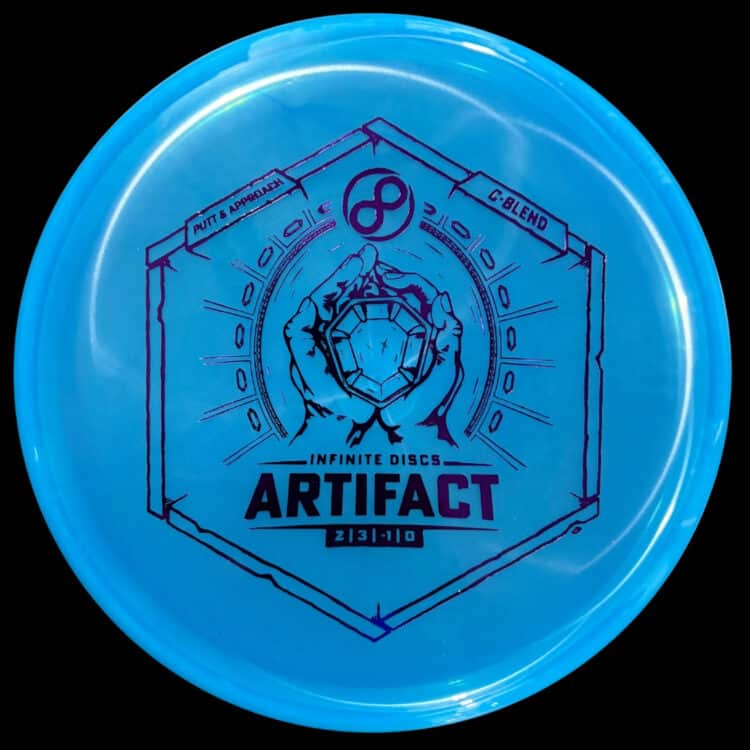

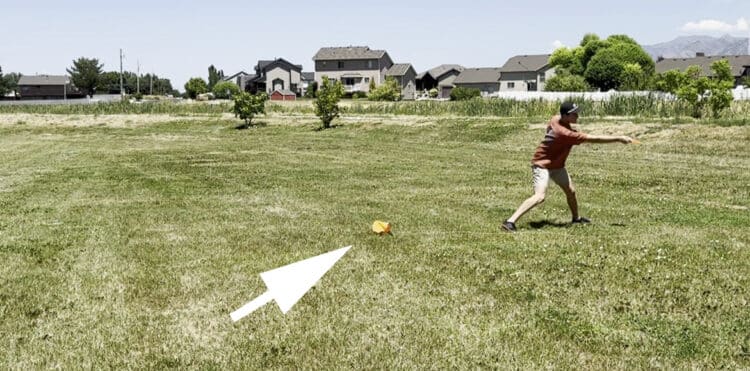


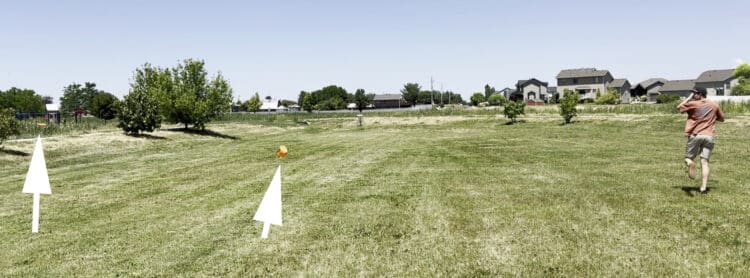



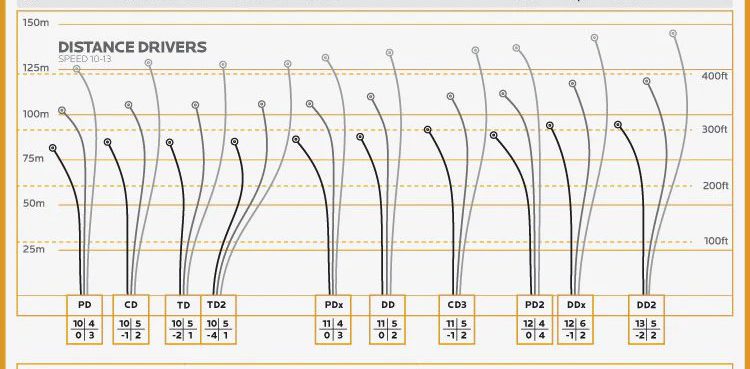





























 The Gator is an overstable, bead-edged beast that thrives in windy conditions and tight lines. It’s technically a midrange, but many players treat it like an approach disc due to its overstability and reliable fade. Plus, it’s a great disc for both backhand and forehand shots.
The Gator is an overstable, bead-edged beast that thrives in windy conditions and tight lines. It’s technically a midrange, but many players treat it like an approach disc due to its overstability and reliable fade. Plus, it’s a great disc for both backhand and forehand shots.


